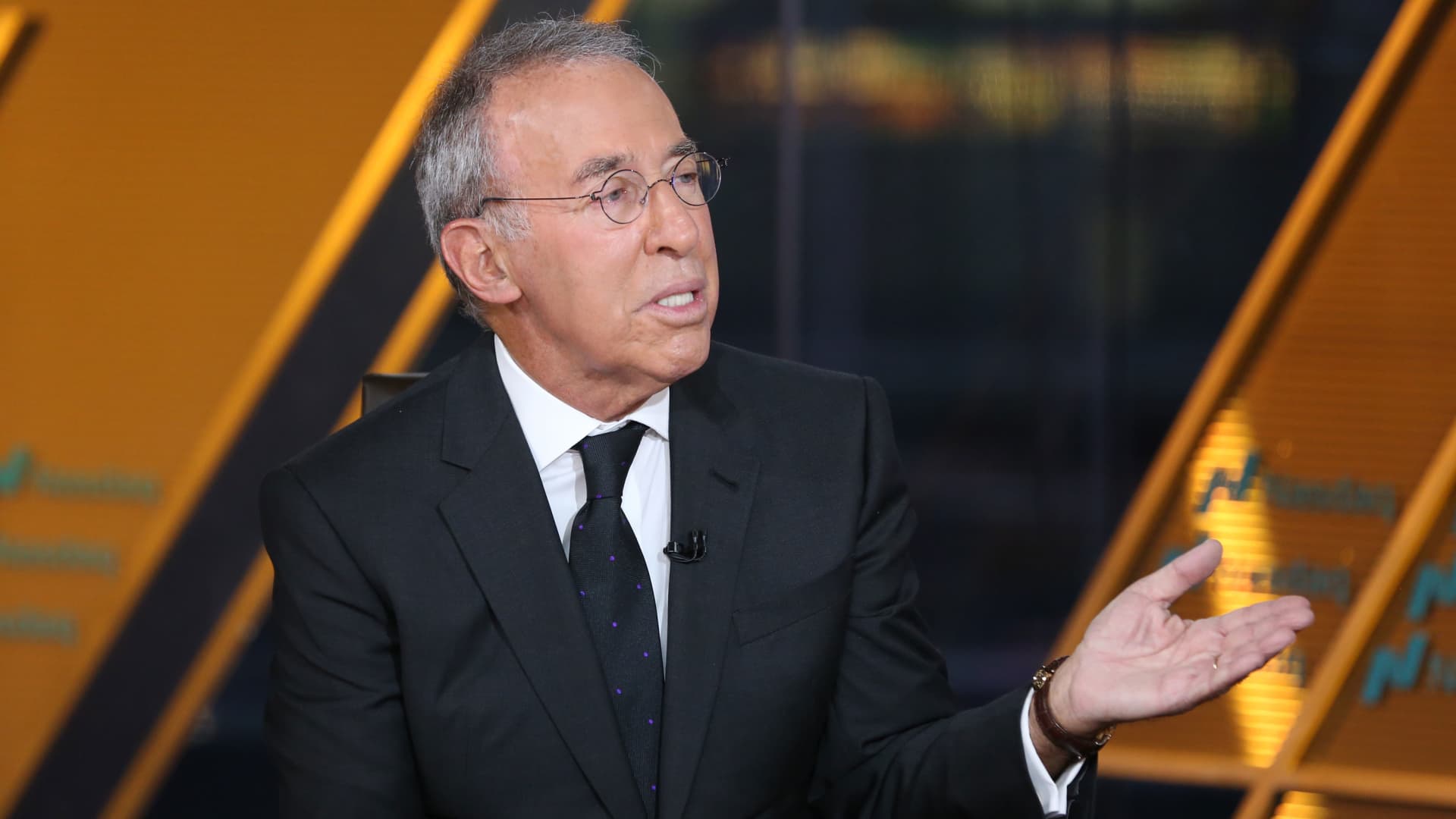Are High-Yield Bonds a Good Investment?
Bonds are rated according to their risk of default by independent credit rating agencies such as Moody’s, Standard & Poor’s, and Fitch. Those with lower ratings have higher risks associated with them that investors should consider. Due to increased risks, these bonds typically carry higher coupon rates. Issuers, such as consumers with less-than-perfect credit, must pay more for loans.
While investing in lower-rated bonds carries more risk when buying these junk bonds, do not completely write them off. There are opportunities among lower-rated bonds that can still prove to be good investments; you just have to know what to look for when investing.
Key Takeaways
- High-yield or “junk” bonds are those debt securities issued by companies with less certain prospects and a greater probability of default.
- These bonds are inherently more risky than bonds issued by more creditworthy companies, but with greater risk comes greater potential for return.
- Identifying junk bond opportunities can boost a portfolio’s performance, and diversification through high-yield bond ETFs can cushion any one poor performer.
Junk Bond Opportunities
Identifying good opportunities among junk bonds can be difficult for the average investor. For this reason, the best way to invest in lower-rated bonds is through a high-yield mutual fund, closed-end fund (CEF), or exchange-traded fund (ETF). Investing this way gives your portfolio better diversification across several issues of high-yield bonds. Also, holding shares of a high-yield fund gives you access to professional money management. These mutual fund managers have more knowledge and time to research each bond issue held within the portfolio than an average investor.
Furthermore, investing through a mutual fund, CEF, or ETF allows for the use of leveraging techniques, bulk discounts, and some bond issues that are only accessible to institutional investors like a fund. CEFs only issue a specified number of shares, and then the portfolio trades in the secondary market. If you can find a CEF trading at a discount to its net asset value, or NAV, you stand to profit not only from the high income payments but also from some growth on your principal investment.
More than 60 high-yield bond ETFs trade in the United States as of 2025. A few notable high-yield ETFs are the SPDR Bloomberg High Yield Bond (JNK) and the iShares iBoxx $ High Yield Corporate Bond (HYG). If you are set on choosing individual high-yield bonds to purchase for your portfolio, recognize that the necessary due diligence on your part will increase. Consider first selecting issues from companies deemed “fallen angels,” those companies that are historically reputable but have temporary financial problems.
Other Considerations
By choosing to invest in bonds from these companies, you are likely to find deep discounts and high yields, but you can rest assured that the chances of the company defaulting on the debt are not as likely as current ratings may reflect in the market. Peruse the company’s financial statements and sentiment toward the company’s stock. If the stock is still valuable, the bond issue is likely to also be fine.
Follow interest rate patterns and changes; you profit from owning high-yield bonds in a rising interest rate environment as prices increase, as yields align with new issues at prevailing higher rates.
What the Experts Have to Say
Advisor Insight
Donald P. Gould
Gould Asset Management, Claremont, California
High-yield bonds are not intrinsically good or bad investments. Generally, a high-yield bond is defined as a bond with a credit rating below investment grade; for example, below S&P’s BBB. The bonds’ higher yield is compensation for the greater risk associated with a lower credit rating.
High-yield bond performance is more highly correlated with stock market performance than is the case with higher-quality bonds. When the economy weakens, profits tend to decline and so does the ability of high-yield bond issuers (generally) to make interest and principal payments. This leads to declining prices on high-yield bonds. Declining profits also tend to depress stock prices, so you can see how economic news, good or bad, could cause stocks and high-yield bonds to move in the same direction.
What Is a Junk Bond?
Junk bonds are bonds that carry a higher risk of default than most bonds issued by corporations and governments. Junk bonds are also called high-yield bonds since the higher yield is needed to help offset any risk of default.
What Is a Mutual Fund?
A mutual fund pools money from many investors to purchase a diversified portfolio of stocks, bonds, or other securities. A high-yield mutual fund is a type of mutual fund that primarily invests in high-yield bonds, also known as junk bonds.
What Is a Closed-End Fund?
A closed-end fund is a type of mutual fund that issues a fixed number of shares through an initial public offering (IPO) to raise capital for its initial investments. Its shares can then be bought and sold on a stock exchange, but no new shares will be created, and no new money will flow into the fund. A high-yield closed-end fund is a type of closed-end fund that primarily invests in high-yield bonds, also known as junk bonds.
What Is an Exchange-Traded Fund (ETF)?
An exchange-traded fund (ETF) is an investment fund that holds multiple underlying assets and can be bought and sold on an exchange, much like an individual stock. ETFs can be structured to track anything from the price of a commodity to a large and diverse collection of stocks. A high-yield ETF is a fund that primarily invests in high-yield bonds, also known as junk bonds.
The Bottom Line
High-yield bonds, also known as junk bonds, are debt securities issued by companies with less certain prospects and greater default probability. With their greater risk comes the greater potential for return.









